The journey has always been about the search - in search of destinations that inspire imagination, create lasting memories, and reflect the spirit of the time. Still, the tourism industry remains unstable. During these years, many famous places that once attracted millions of visitors have either disappeared, closed, or undergone such drastic changes that they are hardly recognisable. From natural wonders lost to climate change, to cultural landmarks shut down due to preservation concerns, or even iconic entertainment spots replaced by modern developments, the map of global tourism looks very different today than it did a few decades ago, with vanished landmarks around the world.
For many travellers, these changes bring a bittersweet nostalgia. When recorded in a postcard and travel diary, it is now only a memory; their stories have been preserved in photographs, documentaries, or in the memories of the lucky people who can visit them. There is a beach that stands out as a unique destination, an abandoned tourist spot that is delicate to maintain due to heavy tourism, leaving behind landmarks that are left behind.
But tourism, just like the world, develops at any time. The disappearance of the old favourite emerges as a new attraction. Lands and cities constantly reinvent themselves, creating innovative experiences that satisfy modern travellers' needs for stability, technology, and cultural depth. As one door closes, another opens—inviting explorers to discover new wonders while remembering the charm of those that once were.
In this blog, we’ll revisit some of the beloved tourist attractions that have disappeared, uncover the reasons behind their decline or transformation, and highlight the new attractions that have taken their place. After all, travel is not only about where we go, but also about how destinations adapt and tell new stories over time.
1. Inca Trails, South America
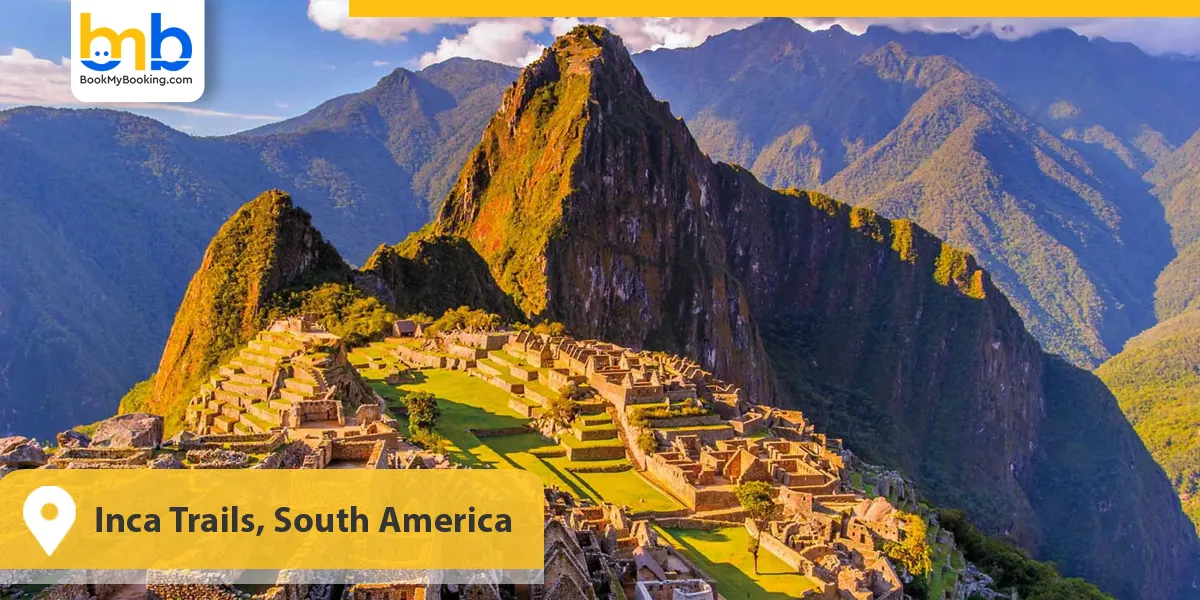
The Lost Inca Trails, once a sacred network of routes created by the Inca Civilisation, are among the most prestigious yet challenging routes in South America. He drew through the Andes, linking Cusco to Machu Picchu and other sacred sites, serving both pilgrimage and trade routes. Today, many sections of these trails are either eroded, closed for preservation, or lost to time due to natural disasters and human impact, which have rendered cities that tourists can no longer visit. While some parts remain accessible, much of the original network no longer exists in its proper form. Their legacy, however, continues to inspire explorers and history lovers worldwide.
2. Venice, Northeastern Italy
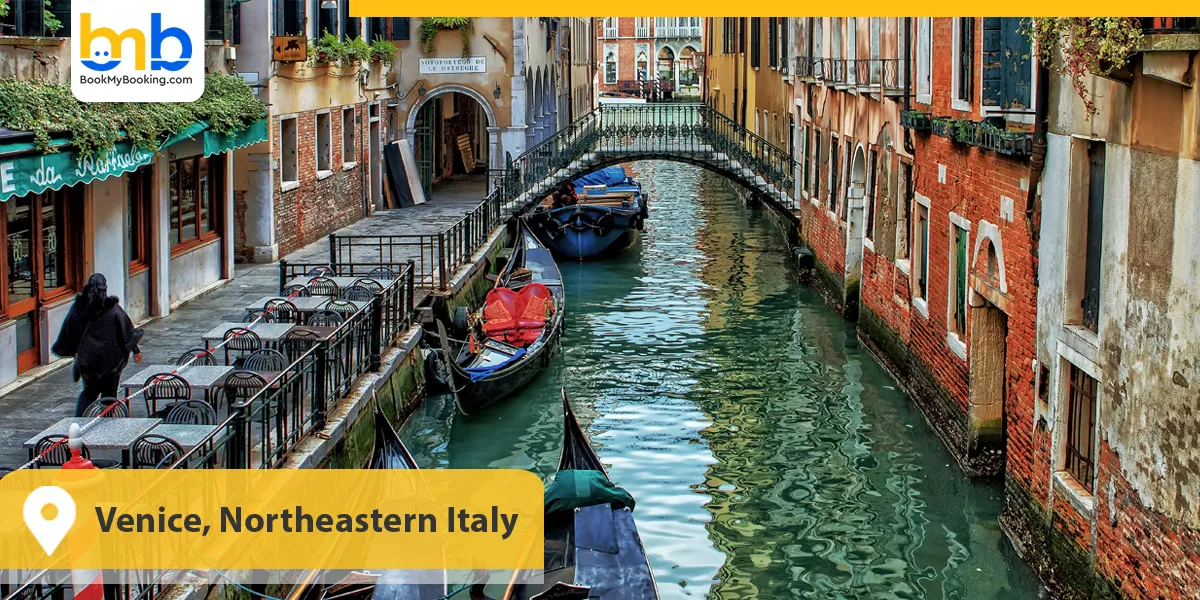
Sinking Venice, a world-famous city built on a lagoon in northeastern Italy, slowly drops below the rising level of the sea. It is known for its romantic canals, gondolas, and Renaissance architecture, and is a serious threat from the frequent floods, which have been designated as a UNESCO World Heritage Site. However, it is at risk of being lost forever due to climate change, land supply issues, and the phenomenon of Aqua Alta. When tourists and artists are equally present in famous spots, many parts of Venice have deteriorated, posing a danger of permanent displacement in some areas and homes. While protective projects, such as moss barriers, are ongoing, experts have warned that the city may lose a significant amount of its attractions and access in the coming decades.
3. The Azure Window, Malta
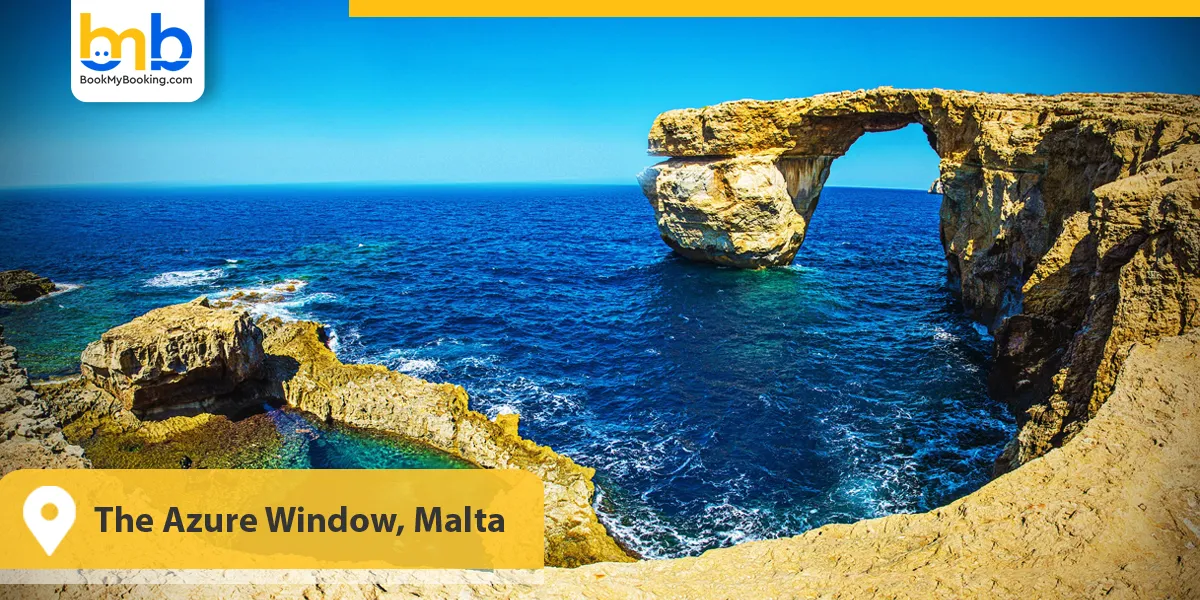
This beautiful natural rock formation, formed over time by the constant erosion of the Mediterranean Sea, is indeed a climate change and disappearing travel spot. The contrast of the limestone rock against the blue waters of the sea made the Azure Window a popular sight for tourists. The rock feature was even used as a backdrop in Game of Thrones and Clash of the Titans. Sadly, after several decades of partial collapse, widening, and weakening, the Azure Window collapsed in 2017 due to the impact of heavy storms. The remnants of the arch are now fully underwater, enjoyed today only by scuba divers.
4. Wawona Tree, United States
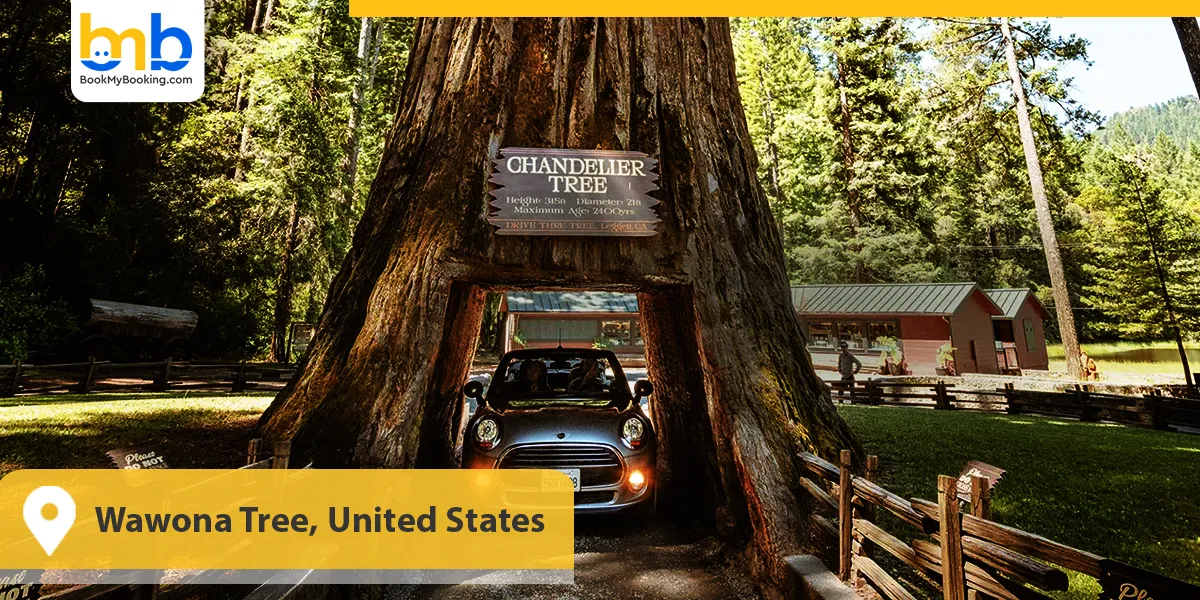
In 1881, two brothers were paid $75 to enlarge a fire scar on a sequoia tree, turning it into a massive living tunnel, which is now an abandoned tourist destination. Yosemite National Park began promoting the tunnel in the 1910s as automobile tourism gained popularity. Driving through the Wawona Tunnel, the trees became a popular photo opportunity for tourists visiting Yosemite, showcasing the enormous native trees of the area. In 1969, the 2,300-year-old structure fell due to heavy snow that destroyed the famous tunnel. The tree still remains where it fell today, but of course, it is no longer possible to drive through this almost vanished landmark around the world.
5. Spreepark, Germany
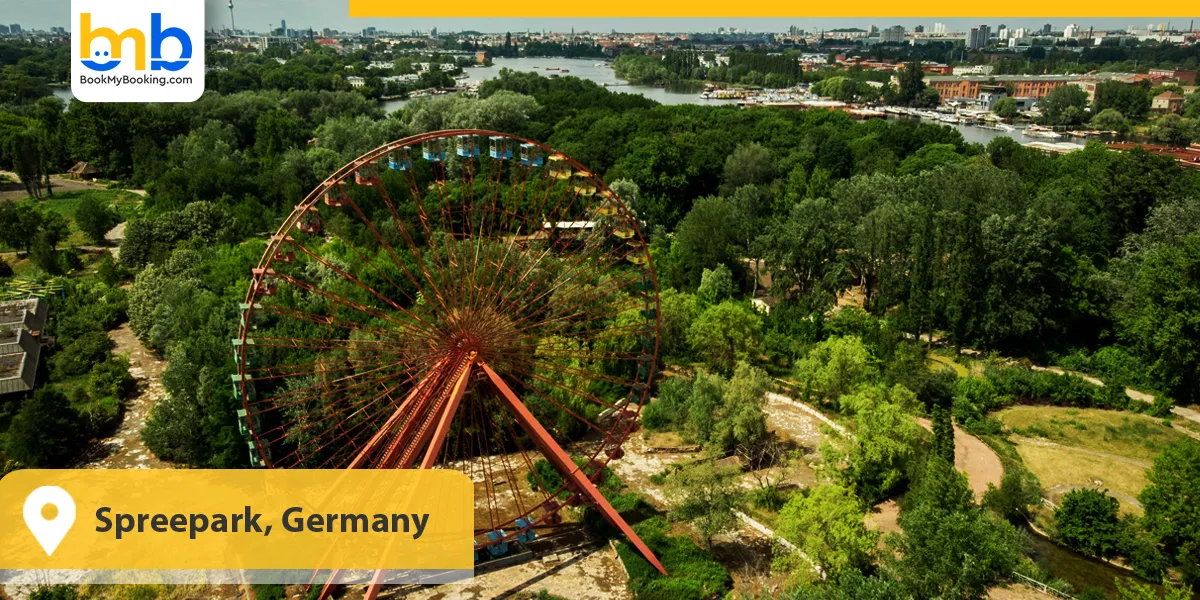
It was opened in 1969, and Spreepark was notably the only prominent amusement park in the entirety of Soviet East Germany. The park indeed is a lost tourist destination that remained immensely popular even after Germany's reunification, attracting millions of visitors. Open-air concerts and impressive renovations continued to draw visitors well into the 1990s. However, after new owners took control of the park, poor decisions led to a decrease in visitors and a concerning increase in debt. The once-popular park finally closed in 2002. Guided tours once offered the public a look at the abandoned grounds. Still, the land is currently being renovated into a new travel destination, replacing old ones with a new public green space, and many attractions are being removed entirely.
6. Palmyra, Syria
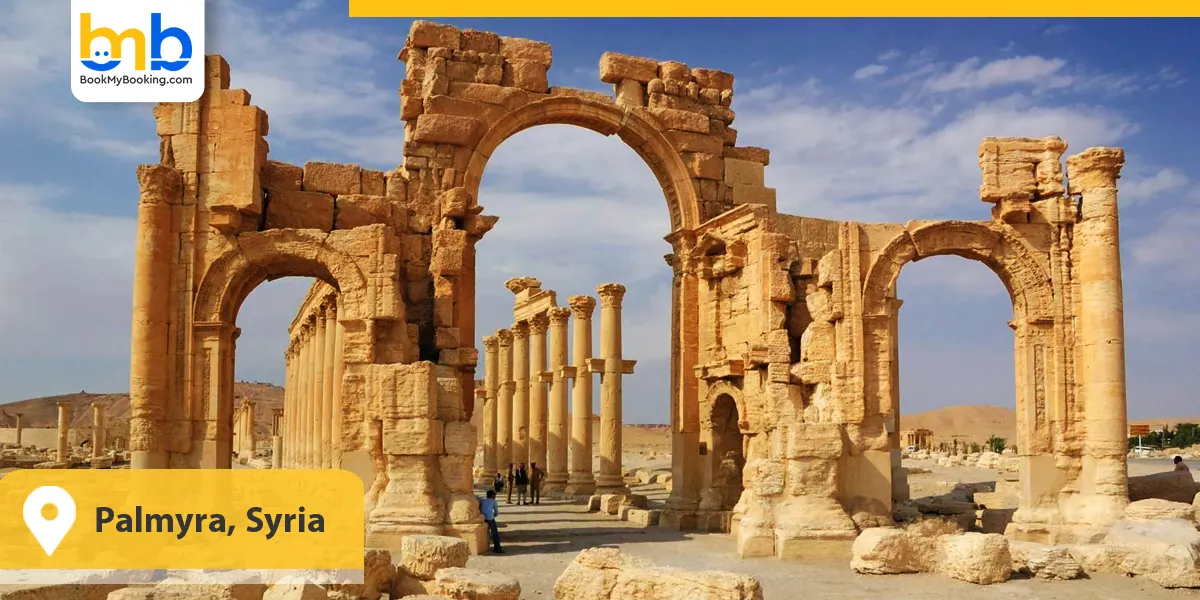
Thousands of years ago, this ancient city was a bustling hub for trade and culture that linked the Roman Empire to valuable trade destinations like Persia, Indian and China. Its location and trade relevance led to the creation of monuments that combined Greco-Roman, Persian, and Arab architectural styles. These impressive ruins have long attracted tourists to Palmyra, and the city was designated a UNESCO World Heritage Site in 1980. However, the city, now a tourist attraction, has been abandoned over time. Tragically, during the Syrian Civil War in 2015, Palmyra was seized by ISIS and several ancient monuments were destroyed. Archaeologists and antiquities experts hope to restore these critical ruins someday, but the damage is currently quite extensive, and the cultural heritage sites are at risk of being lost forever.
7. Chacaltaya Glacier, Bolivia

One of the world's highest ski resorts, this glacial ski run attracts visitors year-round. In the 1990s, scientists studying Chacaltaya predicted the glacier would fully melt by 2015. In 2009, six years earlier than expected, Chacaltaya was gone. Today, only the chalet remains. The snow melt from Chacaltaya was a vital water source for nearby La Paz. The loss of Chacaltaya is a shocking reminder of the consequences of climate change and the disappearance of travel spots that will affect us all sooner than we think.
8. Wall Arch, United States

The thousands of beautiful natural sandstone arches in this national park attract millions of tourists every year, but they won't last forever. Known as Wall Arch, the 12th largest arch was an impressive 71 feet wide and 33.5 feet high, first reported in 1948 by Lewis T MacKinney. Sixty years later, in 2008, the arch collapsed unexpectedly overnight. It is a place shut down due to environmental damage. No witness observed the collapse. Which begs the question: if a historic sandstone arch falls in a national park and no one is around to hear it, does it make a sound?
9. Love Locks Bridge, Paris

A famous tradition for travelling couples around the world is to place a padlock with each partner's name in a notable spot to symbolise the importance of their relationship. Unsurprisingly, the city of love in Paris is one of the most famous places destroyed by tourism for love-locking hopefuls. As the trend grew, the Pont des Arts bridge was at stake. As a result, the locks were removed and replaced by panels of glass that would make it impossible to attach a lock to the bridge. Despite these efforts, tourists still find ways to leave their mark on Paris, a romantic, albeit slightly destructive, tradition that has made this city a destination tourists can no longer visit.
10. Six Flags New Orleans, United States
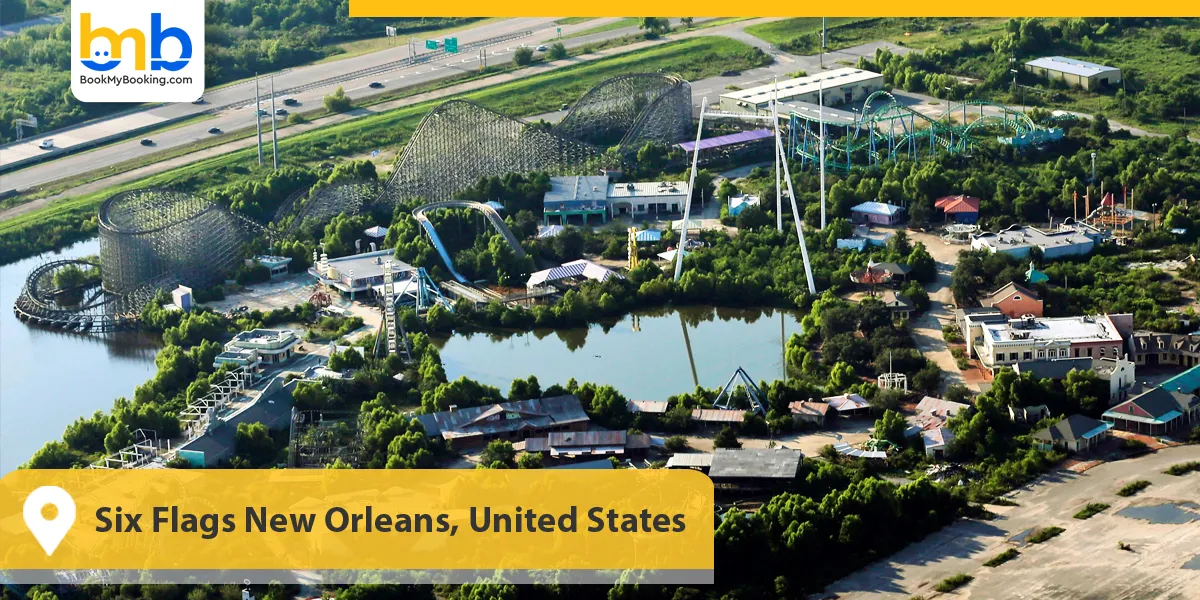
It was first opened under the name Jazzland in 2000. Six Flags invested millions into the amusement park before its 2003 reopening. The park features areas themed after Louisiana culture, including Cajun Country and a Mardi Gras section. Just two years after extensive renovations, the park was tragically hit by the devastating Hurricane Katrina, which led to the disappearance of the travel spot. The land was flooded for over a month after the hurricane, destroying many of the attractions beyond repair. The cost of rebuilding would have been incredibly steep, especially considering the investments Six Flags had made prior to the hurricane. The park was left abandoned, though it was occasionally used as a filming location. In 2024, it was announced that part of the park would be demolished.
Over Tourism Effects on Destinations

Environmental Damage
Natural landscapes, beaches, and even wildlife habitats. They are suffering from pollution, littering, and the overuse of resources.
Cultural Erosion
Local traditions, festivals, and authentic lifestyles may become commercialized to cater to tourists.
Infrastructure Strain
Roads, public transportation, and utilities face pressure, leading to overcrowding and a decline in service quality.
Rising Costs
Housing, food, and basic goods often become unaffordable for locals due to the high demand from tourists.
Damage to Heritage Sites
Historical travel spots are gone forever, and a few fragile landmarks suffer from wear and tear due to excessive foot traffic.
Loss of Local Identity
Communities may prioritise tourism revenue over preserving their cultural heritage, thereby altering the area’s character.
Pollution and Waste
Air, water, and noise pollution are increasing, and waste management systems often fail to keep up.
Wildlife Disturbance
Increased human presence disrupts ecosystems, resulting in the loss of biodiversity.
Final Takeaway
Many once-beloved tourist destinations have become landmarks around the world that have vanished due to climate change, natural disasters, over-tourism, or modernisation. While their loss brings a sense of nostalgia, it also opens doors to new experiences and attractions. Travel is ever-evolving—reminding us to cherish, preserve, and explore responsibly. The stories of lost places inspire us to value today’s wonders and protect them for tomorrow.


